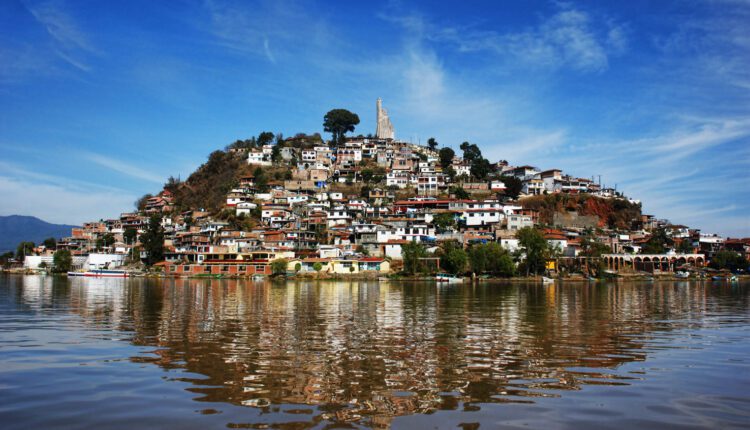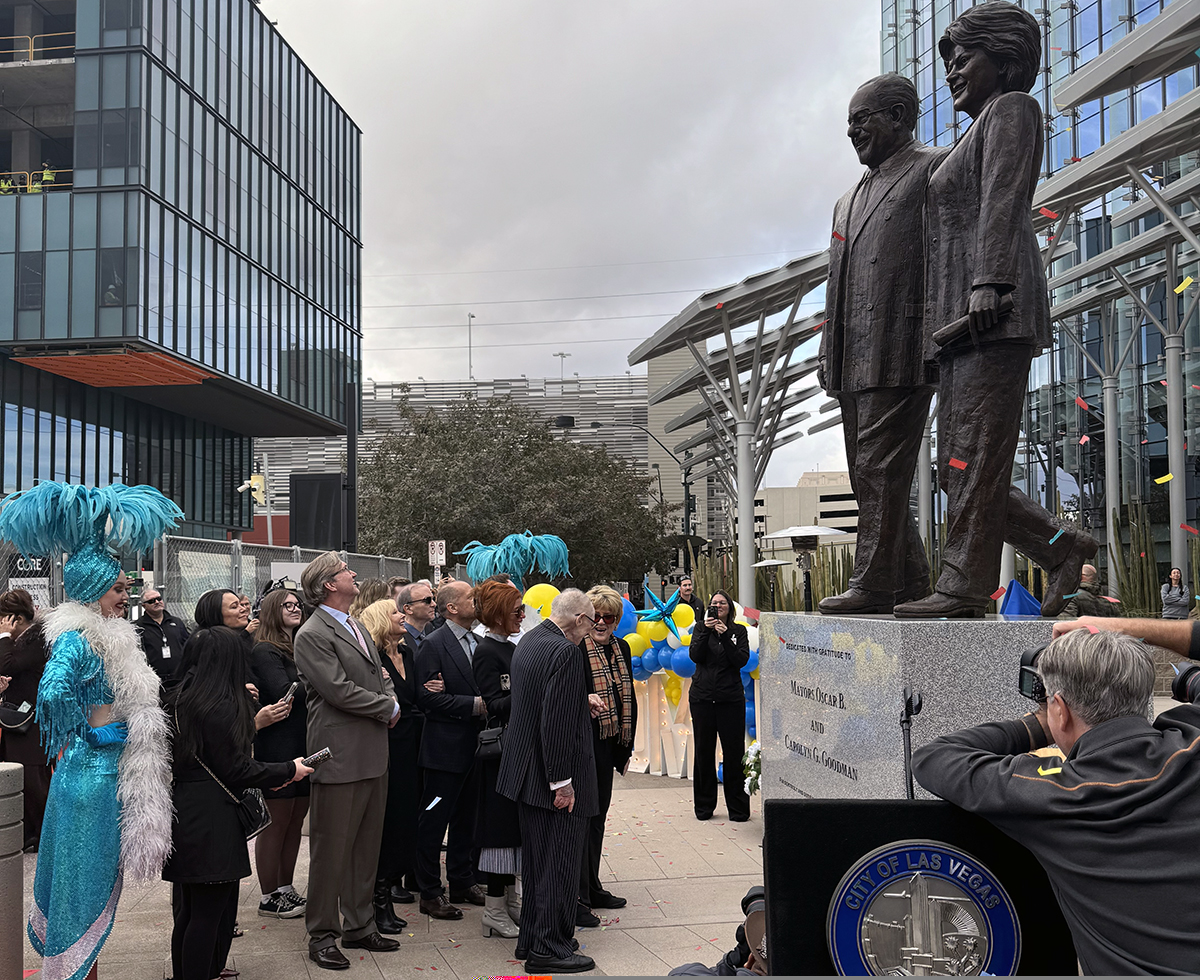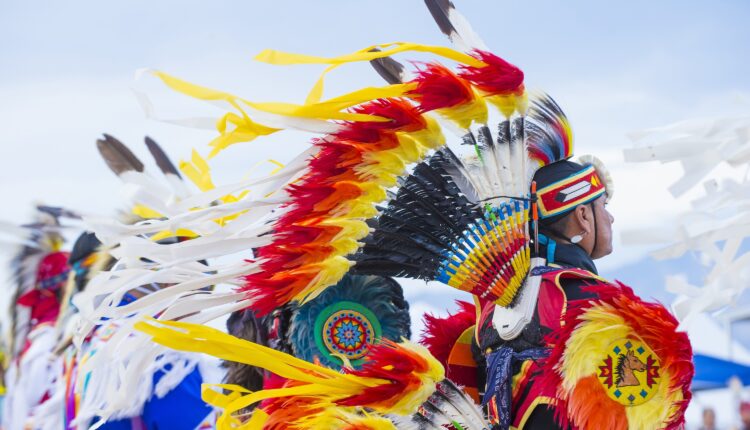
Photo courtesy of Shutterstock.
Learn about the 21 federally recognized Native American tribes that live in Nevada, from reservations to politics.
Before Europeans arrived in the 18th century, Nevada was inhabited by Native Americans, including the Paiute, Shoshone, and Washoe tribes.
Today, the Silver State is home to nearly 53,000 American Indian and Alaska Native residents (1.7 percent of the total population), as well as many mixed-race Native Americans, according to U.S. Census estimates. The University of Nevada in Reno puts that number at 62,000.
As the country celebrates Native American Heritage Month this November, here’s a look at what you need to know about the Indigenous tribes that call Nevada home.
Who are they?
There’s no universal rule, but an indigenous American is typically a person with some degree of Indian blood who is part of a federally recognized tribe. This definition, however, can vary from tribe to tribe.
The United States Census Bureau considers anyone an Indian American if he or she declares to be such, putting current estimates for the country at more than two million.
Tribes in Nevada
Nevada has 21 federally recognized Native American tribes, spanning 28 separate reservations, bands, colonies, and community councils across the state.
There are five larger tribes that all tribes in Nevada identify with:
- Numa (Northern Paiute)
- Newe (Western Shoshone)
- Nuwuvi (Southern Paiute)
- Wá∙šiw (Washoe)
- Mojave People (including Ft. Mojave and the Pipa Aha Macav)
Individual tribes share blood ties, culture, politics, and social structure. Their members live together in a defined area and speak a common language or dialect.
Despite some variations in the traditions of different tribes, all tribes are one at their core.
Tribal lands or reservations
American Indians have more than 1.6 million acres of tribal land in Nevada, of which 97 percent is located rurally. The various pieces of land, known as Indian reservations, were held for tribes when they relinquished other land areas to the U.S. Reservations were also created through Congressional acts, executive orders, and administrative acts.
Indian Reservations are spread throughout Nevada as you can see on this Map of Nevada tribes.
Indigenous sovereignty
American Indians born in the United States are, by law (since 1924), citizens with the same military service obligations as any other U.S. citizen.
However, the U.S. Constitution grants sovereignty to America’s Indigenous tribes, including those in Nevada. That means tribes can form governments, enact legislation, levy taxes within their borders, and establish law enforcement and court systems.
Even so, all American Indians are subject to federal income taxes. If a tribal member conducts business off-reservation, he or she pays both state and local taxes.
Rocking the vote
A lack of access to polling locations had long made it difficult for people living on Nevada’s tribal land to vote. So, in 2016, the Pyramid Lake Paiute and Walker River Paiute tribes (Northern Paiutes) filed a lawsuit against Nevada, Washoe County, and Mineral County. As a result, Nevada tribes can now establish their own polling locations.
To further address transportation and geographical voting issues, the Nevada legislative session passed a state law in 2023 allowing tribal members living on reservations to use an online voting system. The 2024 Presidential Election marked the first use of this system, known as the Tribal EASE Program.
Nevada names and places
According to the Neon Museum Las Vegas, Nevada has many towns with names inspired by the Native American language. These include:
- Pahrump: Once home to various Indigenous groups, including Southern Paiutes, Pahrump derives its name from the Paiute word “Pah-Rimpi,” referring to the area’s natural springs.
- Tonopah: This mining town may be named for the Shoshone word “Tonampaa,” meaning “hidden spring.”
- Battle Mountain: The name of this tiny town refers to an 1850 conflict between California immigrants and a band of local Shoshone people.
- Winnemucca: This Humboldt County city was named after Chief Winnemucca, a 19th-century Northern Paiute leader. His daughter, Sarah, became synonymous with Native American rights.
In 2017, the Moapa Southern Paiute Solar Project was built across 2,000 acres of the Moapa River Indian Reservation, which is located near Valley of Fire State Park. It was the first large-scale solar project in the country to receive construction approval on tribal land.
In 2023, President Joe Biden officially gave federal protections to the 506,000-acre area around Spirit Mountain in Southern Nevada. It was designated as the Avi Kwa Ame National Monument and is sacred to the Fort Mojave Indian Tribe.
This article first appeared on Good Info News Wire and is republished here under a Creative Commons license.
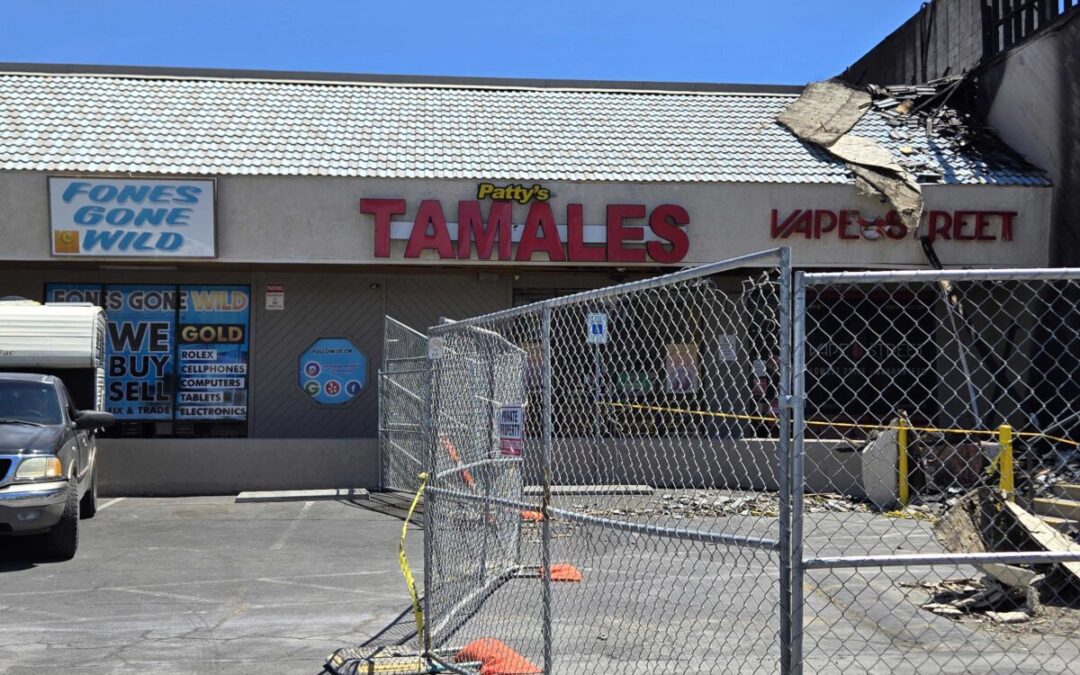
Después de daños causados por incendio, Patty’s Tamales busca crecer en Las Vegas
Una columna de humo negro que parecía venir de los alrededores del campus de UNLV, podía verse alrededor del valle de Las Vegas poco después de las...

Con miedo, pero con esperanza: Vendedora latina enfrenta el cierre de Broadacres por redadas de ICE
* Para proteger la seguridad y privacidad de la entrevistada, se ha utilizado un seudónimo en lugar de su nombre real. Esperanza*, quien ha vendido...

‘Hospitality as the main product’: The story behind Latino-owned Nocturno
Nocturno, Latino-owned cocktail bar in Las Vegas, opened in the Arts District in May. Have you ever had a vision for something big in your life, and...
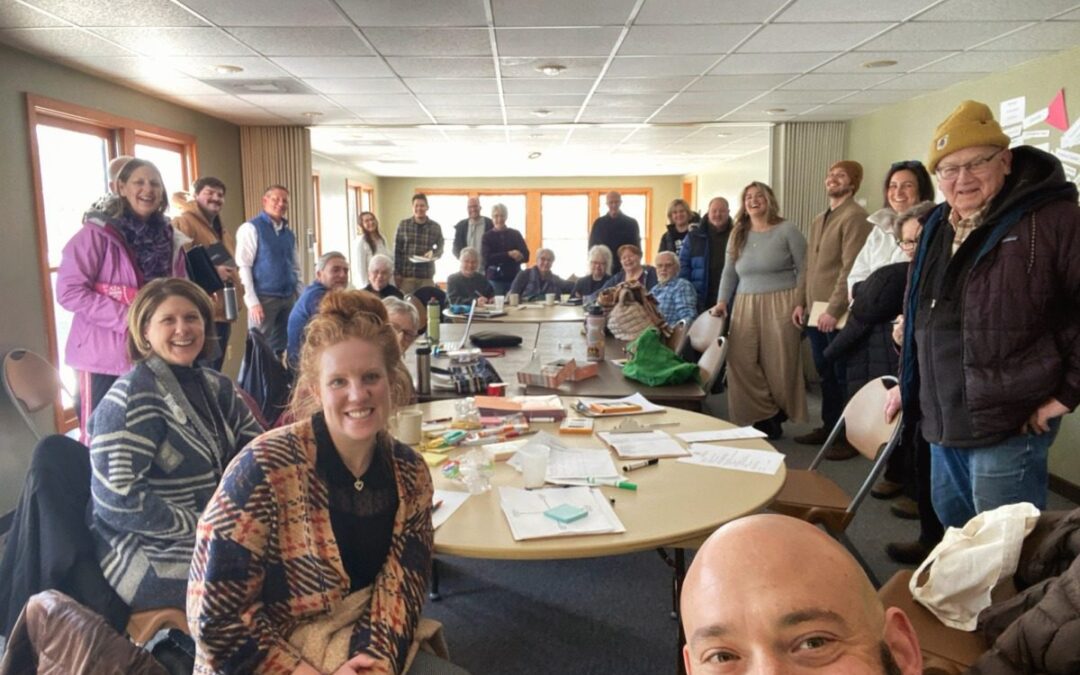
In Walworth County, neighbors rallied for rides—and rediscovered what it means to be a community
When I was a new mom, I wanted nothing more than to move out into the countryside with my baby. I had been raised in mostly rural places and have...

Meet Jordyn Owens, Reno’s 2025 City Artist
Get to know Jordyn Owens, who has been appointed the Reno City Artist for 2025 by the Reno Arts & Culture Commission. Reno's vibrant arts scene...

From bar to barre: Where we’re going this Dry January
Written by Sarah ConliskFor many, it's hard to imagine surviving the holidays—interacting with family, mingling at the office party, passing the...



